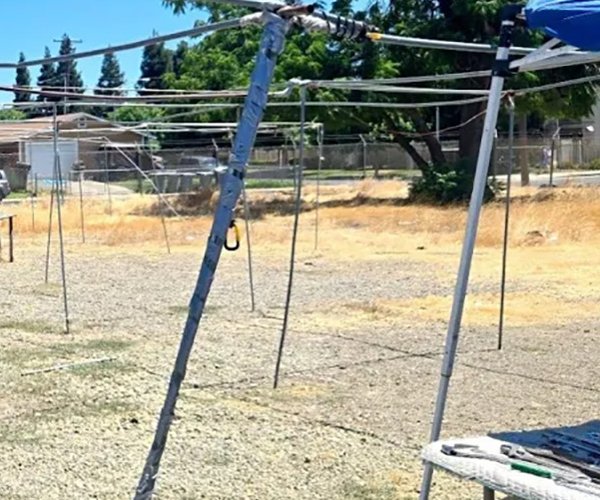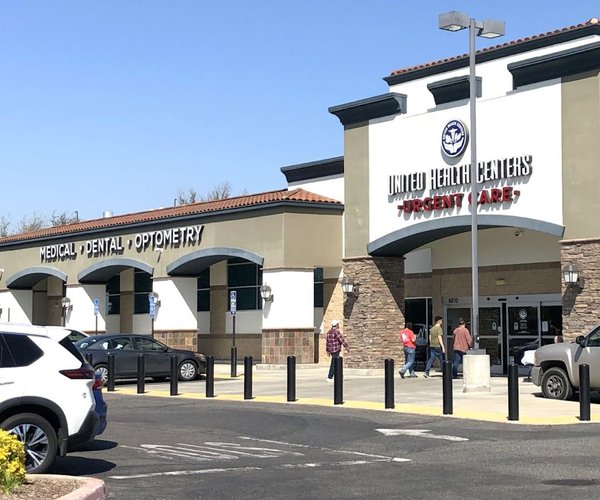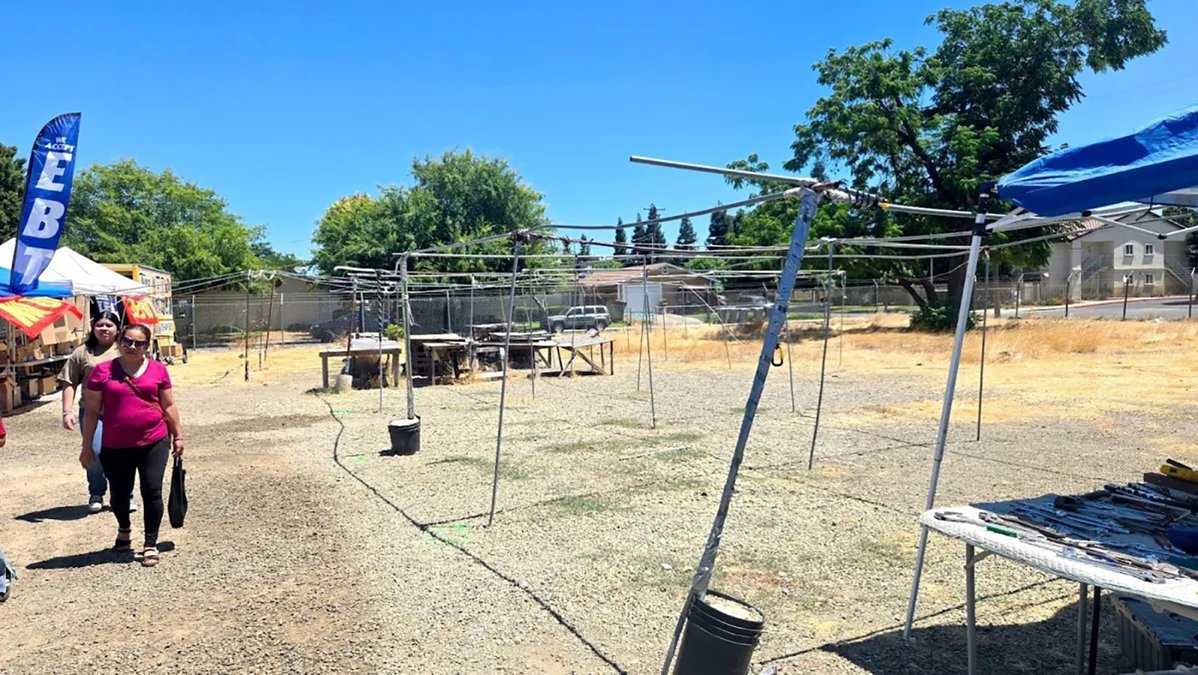The Stanislaus County Board of Supervisors voted unanimously at its most recent meeting to approve a $1.16 billion Capital Improvement Plan over the next five years.
Approval of the CIP is not an approval for any specific project and it is not a request for funding. The plan merely identifies potential projects, lists potential start and completion dates, recommends methods of financing projects, and projects estimated costs — including potential cost increases — over multiple years.
“The Capital Improvement Plan is a super critical element for our county government leadership,” said Patrice Dietrich, the county’s assistant executive officer and COO, who pointed out that $350 million of the $1.2 billion plan comes from facilities requests alone. “It’s a strategic plan and it provides us with the prioritization for all of the space, building and facility needs that our 26 departments are identifying that are needed to serve the community.”
Some of the larger projects, as identified by the Public Works Director Dave Leamon, include the North County Corridor (construction of two-plus miles of highway/expressway between Modesto and Oakdale), which has a price tag of $180 million; the 7th Street Bridge (construction of a four-lane replacement bridge), with a potential cost of $95 million; and the Crows Landing Business Park, with an estimated cost of $43 million.
“Obviously, our roads and bridges are our largest asset in the county,” said District 2 Supervisor Vito Chiesa, who represents Turlock. “We’re making a little headway on our roads, but if we get a couple of bridges done each year, and if we’re really lucky we get three of them, it’s still on a 70-, 80-year cycle, which is above their life expectancy. So, we’re essentially working on borrowed time at this point.
“I just want the public to understand the daunting task on the Public Works side, which is what we receive a ton of complaints on. … This is a great start and I appreciate it, because there seems like there’s been a much more concerted effort on the Capital Improvement Plan.”
Some of the General Services Agency Tier 1 projects mentioned by GSA director Andrew Johnson and GSA manager Teresa Vander Veen in the plan include a 50,000 square-foot Health Services Agency/Public Health facility ($58.2 million); the design and construction of outdoor recreation yards at the Public Safety Center ($6 million); and renovations to the Keyes Community Center ($2 million). A few of the Tier 2 projects include renovating the Juvenile Hall courtroom ($6 million) and a roof evaluation/replacement for the Gallo Center for the Arts ($1.4 million).
A capital improvement is an improvement to a facility or infrastructure that costs more than $200,000 and will extend the life of the facility by more than five years or alters the use of the facility/space.
Individual departments submit requests, which are then reviewed by the GSA, then sent to the CIP committee for prioritization, before landing on the desk of county CEO Jody Hayes and his senior leadership team. The supervisors are then briefed before the planning commission reviews it and then sends it to the supervisors for adoption.









